Jupiter’s Great Red Spot Viewed By Voyager 1
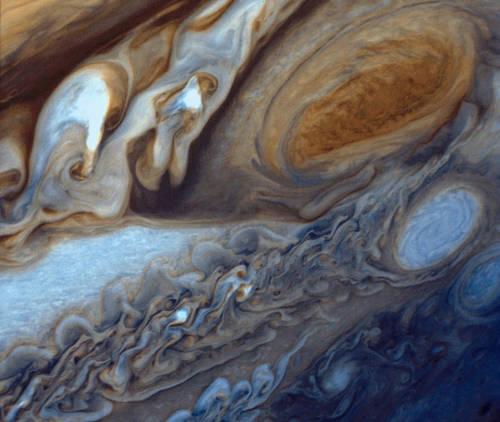
Jupiter’s Great Red Spot Viewed by Voyager 1
At about 89,000 miles in diameter, Jupiter could swallow 1,000 Earths. It is the largest planet in the solar system and perhaps the most majestic. Vibrant bands of clouds carried by winds that can exceed 400 mph continuously circle the planet’s atmosphere. Such winds sustain spinning anticyclones like the Great Red Spot – a raging storm three and a half times the size of Earth at the time of this photo, located in Jupiter’s southern hemisphere. In January and February 1979, NASA’s Voyager 1 spacecraft zoomed toward Jupiter, capturing hundreds of images during its approach, including this close-up of swirling clouds around Jupiter’s Great Red Spot.
Credit: NASA’s Goddard Space Flight Center
More Posts from Astrotidbits-blog and Others
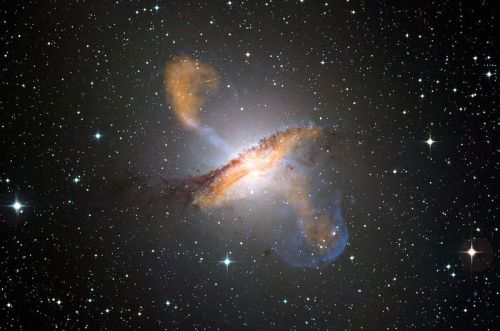
Lots of stuff like this at www.astrotidbits.com with explanations.
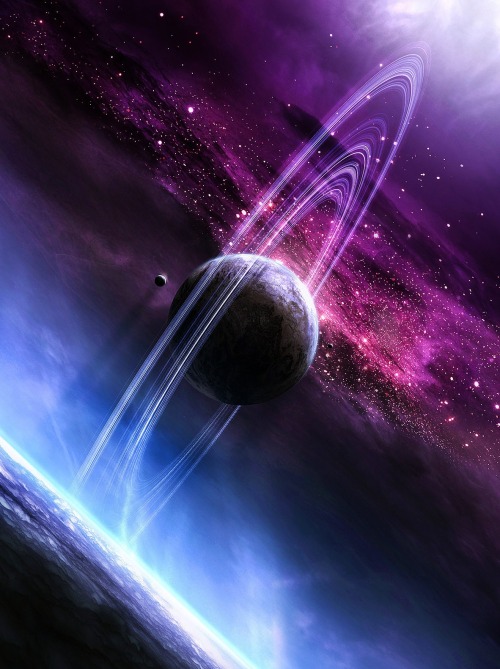
![Life Is Unfair Sometimes. [Via OffTheMarkComic]](https://64.media.tumblr.com/ba3a70057326302450deb4d843c1bd89/tumblr_opaj63kleC1s04h2ho1_500.jpg)
Life is unfair sometimes. [Via OffTheMarkComic]
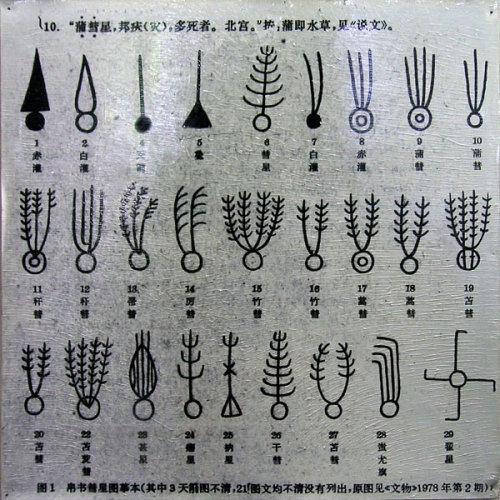
Comet shapes and characteristics from a Chinese silk book (Boshu) written during the Han dynasty (206 BC-22 AD)
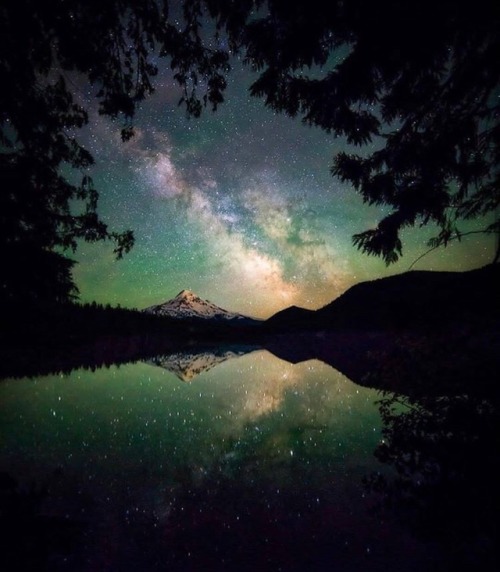

How the sun abducted dwarf planets from an alien solar system : porkchop_d_clown || ourspaceisbeautiful.tumblr.com







Look how much the iPhone camera has improved over time
From the original iPhone to the iPhone 6, here’s how much the camera has evolved.
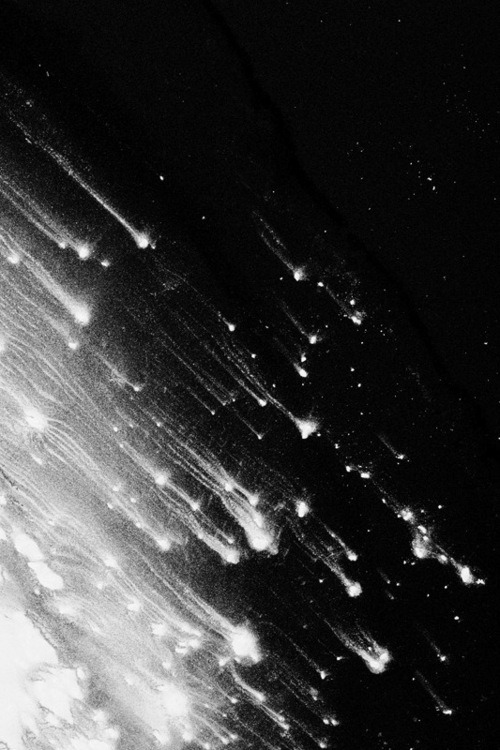
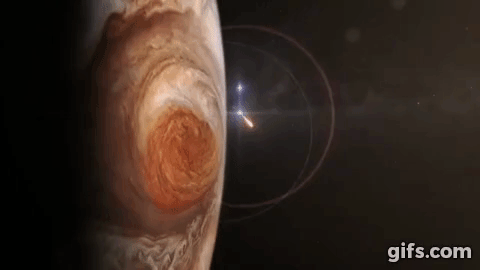
Infrared Jupiter looks hot as Juno spacecraft approaches
NASA’s mission to explore the Jovian system has almost reached its destination, and telescopes on Earth are capturing some especially fiery images of the planet to help.
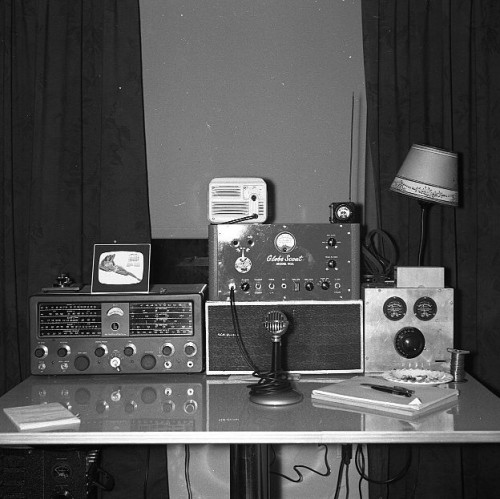
Ham Radio, 1940s
-
 coolraduniverse reblogged this · 5 years ago
coolraduniverse reblogged this · 5 years ago -
 hyperionova liked this · 6 years ago
hyperionova liked this · 6 years ago -
 starkravingmeh reblogged this · 6 years ago
starkravingmeh reblogged this · 6 years ago -
 starkravingmeh liked this · 6 years ago
starkravingmeh liked this · 6 years ago -
 holydiverdivinebreakcore reblogged this · 6 years ago
holydiverdivinebreakcore reblogged this · 6 years ago -
 starvacious-blog liked this · 6 years ago
starvacious-blog liked this · 6 years ago -
 blaze2fussion33 liked this · 6 years ago
blaze2fussion33 liked this · 6 years ago -
 atomhaerdt-art liked this · 6 years ago
atomhaerdt-art liked this · 6 years ago -
 amusingtheamazing reblogged this · 6 years ago
amusingtheamazing reblogged this · 6 years ago -
 corset liked this · 6 years ago
corset liked this · 6 years ago -
 indelliblemercinary reblogged this · 6 years ago
indelliblemercinary reblogged this · 6 years ago -
 indelliblemercinary liked this · 6 years ago
indelliblemercinary liked this · 6 years ago -
 spiritdetectivel reblogged this · 6 years ago
spiritdetectivel reblogged this · 6 years ago -
 jessvz liked this · 6 years ago
jessvz liked this · 6 years ago -
 harmonicgamingangel22blog liked this · 6 years ago
harmonicgamingangel22blog liked this · 6 years ago -
 sizzlingauthorfishbear liked this · 6 years ago
sizzlingauthorfishbear liked this · 6 years ago -
 notisaidthechicken liked this · 6 years ago
notisaidthechicken liked this · 6 years ago -
 jeebssred liked this · 6 years ago
jeebssred liked this · 6 years ago -
 fagdykefrank liked this · 6 years ago
fagdykefrank liked this · 6 years ago -
 sleepyearthbabe reblogged this · 6 years ago
sleepyearthbabe reblogged this · 6 years ago -
 sleepyearthbabe liked this · 6 years ago
sleepyearthbabe liked this · 6 years ago -
 a-universe-of-almosts liked this · 6 years ago
a-universe-of-almosts liked this · 6 years ago -
 chinprin-blog liked this · 6 years ago
chinprin-blog liked this · 6 years ago -
 disappointing-thy-father liked this · 6 years ago
disappointing-thy-father liked this · 6 years ago -
 deeporangewishes reblogged this · 6 years ago
deeporangewishes reblogged this · 6 years ago -
 deeporangewishes liked this · 6 years ago
deeporangewishes liked this · 6 years ago -
 aprettyaverageperson liked this · 6 years ago
aprettyaverageperson liked this · 6 years ago -
 depressed-engineer liked this · 6 years ago
depressed-engineer liked this · 6 years ago -
 anonymous-buddy69 reblogged this · 6 years ago
anonymous-buddy69 reblogged this · 6 years ago -
 anonymous-buddy69 liked this · 6 years ago
anonymous-buddy69 liked this · 6 years ago -
 m00ndingochan liked this · 6 years ago
m00ndingochan liked this · 6 years ago -
 coldbloodedgoat-blog liked this · 6 years ago
coldbloodedgoat-blog liked this · 6 years ago -
 lmarino66 liked this · 6 years ago
lmarino66 liked this · 6 years ago -
 ninamaiden liked this · 6 years ago
ninamaiden liked this · 6 years ago -
 moon8rat liked this · 6 years ago
moon8rat liked this · 6 years ago -
 thelogicallunatic liked this · 6 years ago
thelogicallunatic liked this · 6 years ago -
 perceval23 reblogged this · 6 years ago
perceval23 reblogged this · 6 years ago -
 perceval23 liked this · 6 years ago
perceval23 liked this · 6 years ago